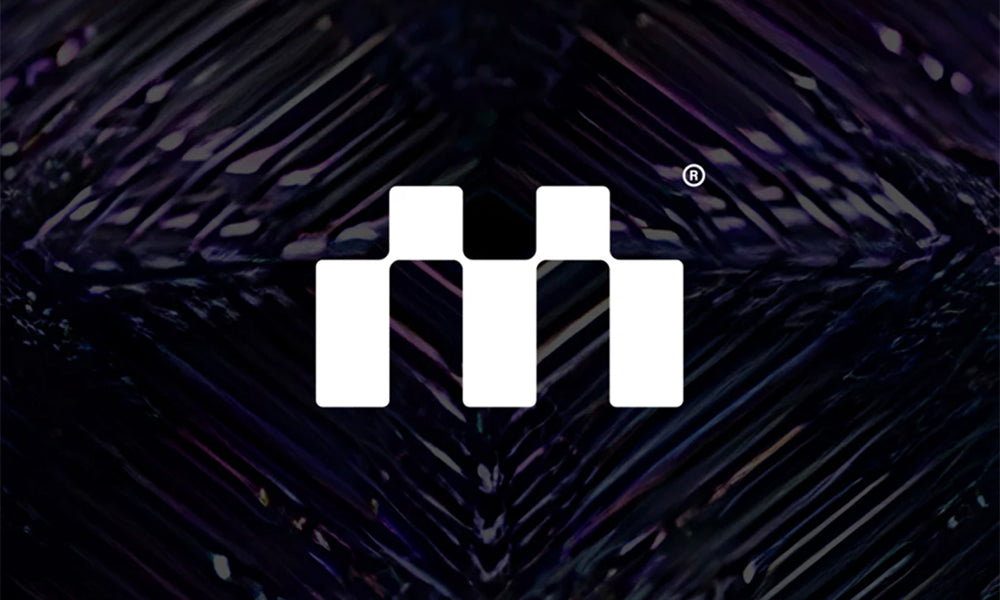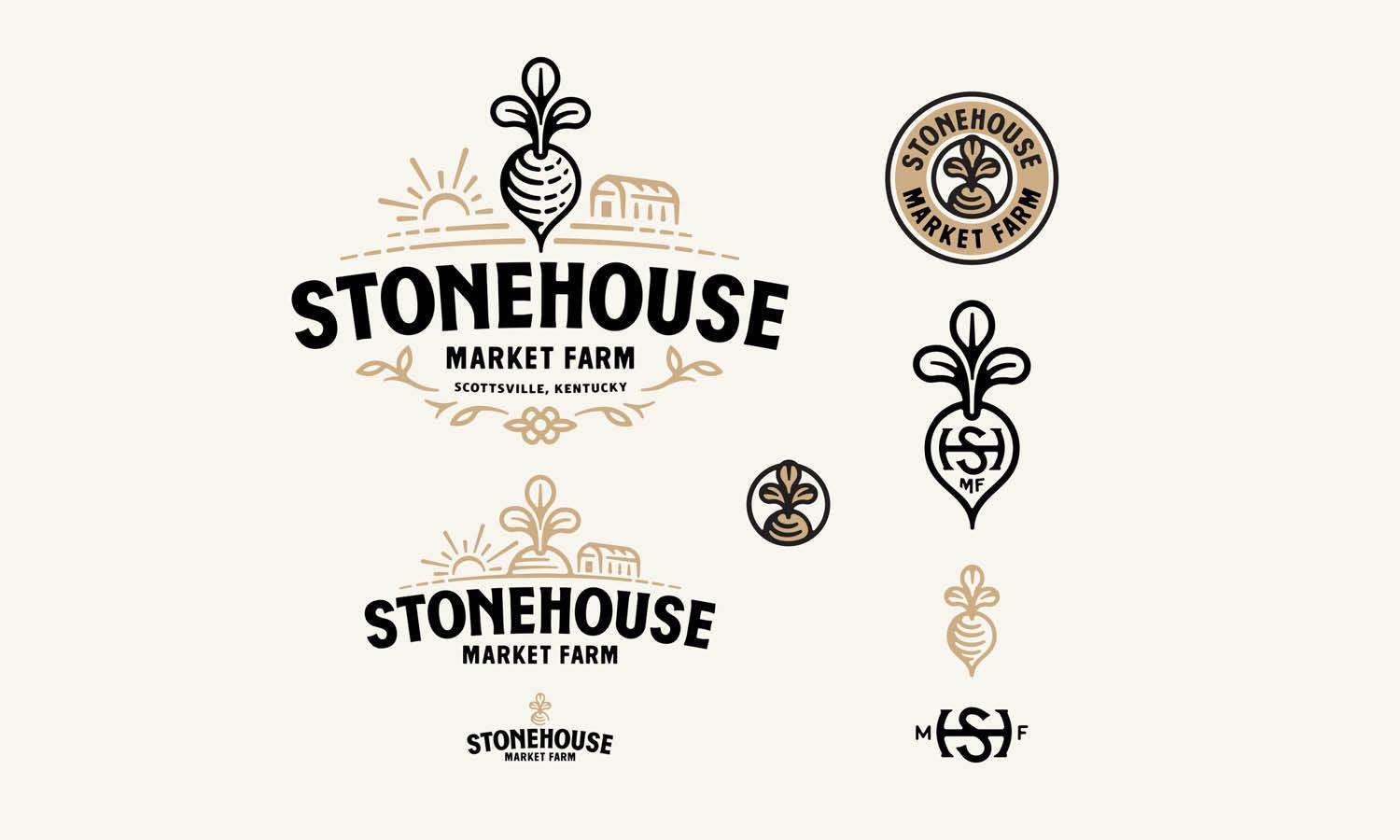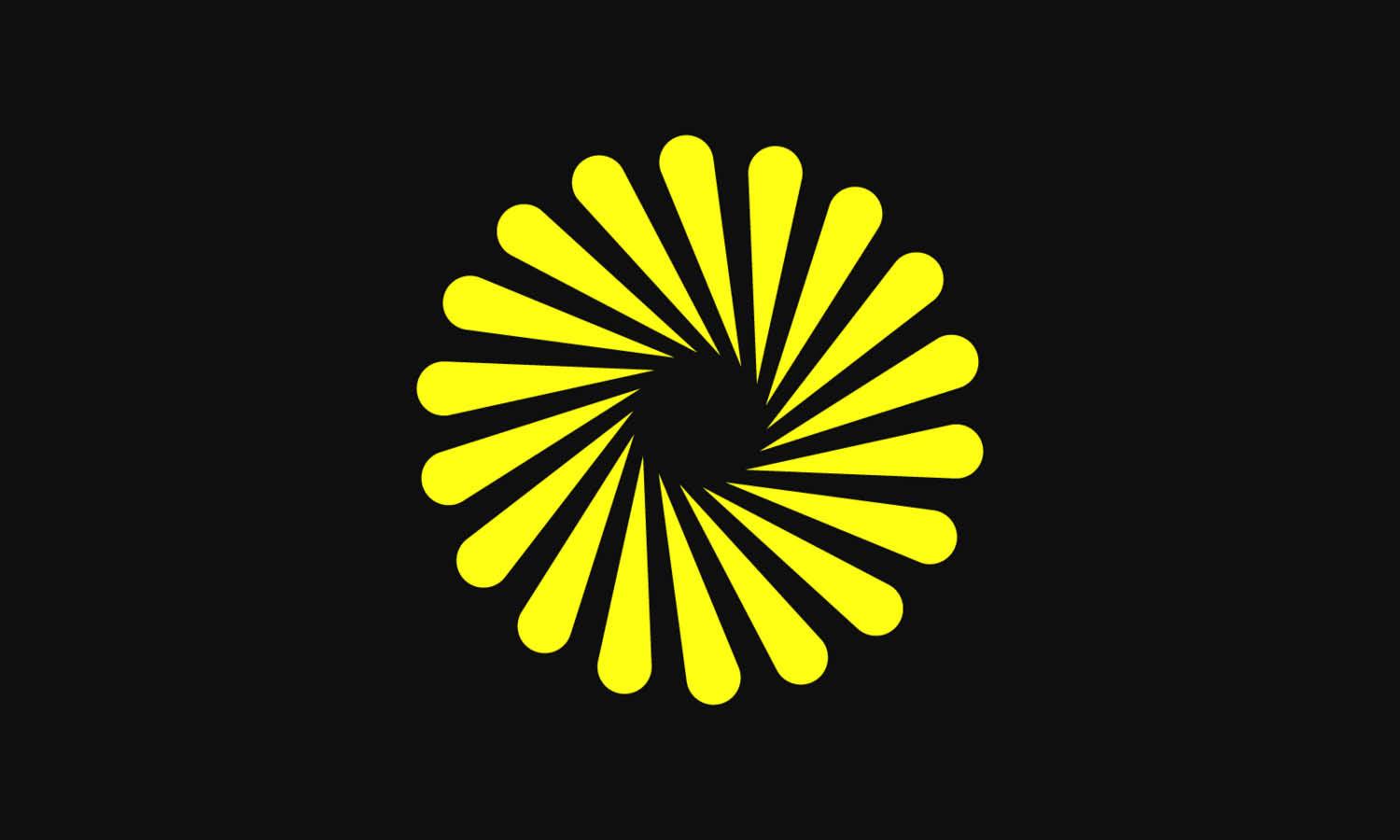Logo Design Trend: Sustainable and Socially Responsible Logos

Source: Ville Oke, Eco Tree Care - Visual Identity, Behance, https://www.behance.net/gallery/97157067/Eco-Tree-Care-Visual-Identity
Brands are increasingly aligning themselves with sustainable and socially responsible practices, and this shift is vividly reflected in logo design trends. As consumers become more environmentally conscious, they seek out brands that demonstrate commitment to these values, not just in their operations but also in their branding. This evolution has given rise to a new era in logo design, where aesthetics meet ethics.
Sustainable logo designs are not only about green colors or leaf motifs; they embody a brand's overall approach to minimizing its ecological footprint. Whether it's through the use of recycled materials in marketing collateral or digital-first approaches that reduce print waste, logos are becoming a forefront of the sustainability conversation. Similarly, socially responsible logos often incorporate elements that reflect a brand’s involvement in community initiatives or its adherence to fair trade practices.
This article explores how modern logos are not just identifiers but storytellers, conveying a brand's ethical stance and sustainable efforts, resonating deeply with a global audience that values action over words.
Increasing Popularity of Green Motifs
The allure of green motifs in logo design is becoming increasingly significant as brands strive to communicate their commitment to sustainability. This trend is not merely about adopting green as a color but embedding the essence of sustainability into the brand's visual identity. Green motifs can range from literal depictions of leaves and trees to abstract representations of growth and vitality. These designs resonate with consumers who prioritize environmental values and seek brands that reflect their ecological concerns. By integrating green elements, companies not only enhance their market appeal but also align their branding with global sustainability goals.
The strategic use of these motifs serves as a visual cue that a company is engaged in environmentally friendly practices, such as reducing carbon footprints, conserving water, or supporting reforestation. As this trend continues to grow, it is evolving from a niche appeal to a mainstream necessity, reflecting broader consumer expectations for corporate responsibility in combating climate change.
Use of Recycled Materials in Promotional Items
The trend of using recycled materials in promotional items is gaining momentum as part of a broader movement towards sustainable logo design. Brands are increasingly mindful of their environmental impact and are adopting eco-friendly practices in all aspects of their business, including their marketing materials. Logos designed to be printed on recycled content, such as paper, fabrics, and even plastics, send a powerful message about a brand's commitment to sustainability. This practice not only reduces waste and conserves natural resources but also appeals to eco-conscious consumers.
By investing in promotional items made from recycled materials, companies demonstrate their dedication to sustainability, enhancing their brand image and customer loyalty. Furthermore, these initiatives are often highlighted in marketing campaigns, reinforcing the brand's position as a leader in corporate responsibility. As environmental concerns continue to influence consumer choices, the demand for such sustainable practices will likely increase, making this trend a critical aspect of modern logo design.
Simplicity and Minimalism
The trend towards simplicity and minimalism in logo design reflects a broader shift towards sustainable and socially responsible branding. Minimalist logos are not only aesthetically pleasing but also functionally advantageous, as they often require less ink and fewer resources when printed. This streamlined approach reduces waste and environmental impact, aligning with the values of sustainability. Furthermore, minimalist designs are highly effective in digital formats, enhancing brand recognition across various platforms while minimizing digital storage and energy consumption.
The emphasis on simplicity in design also conveys a message of transparency and honesty, qualities increasingly valued by consumers looking for brands with ethical business practices. By adopting a minimalist aesthetic, companies can communicate their commitment to sustainability and social responsibility in a clear, uncluttered manner that resonates with a modern audience seeking authenticity and environmental consciousness in the brands they support.

Source: Rodrigo Magnus, Revore, Behance, https://www.behance.net/gallery/150533575/revore
Local and Cultural Elements
Incorporating local and cultural elements into logo design is a powerful trend that not only enhances brand identity but also showcases a commitment to social responsibility. By reflecting local art, symbols, or traditions, brands can foster a deeper connection with their community and promote cultural preservation. This approach is particularly impactful in a globalized market, where consumers value brands that respect and celebrate local heritage. Additionally, using cultural elements in logos can support local artists and craftspeople, contributing to economic sustainability within the community.
It also helps brands stand out in a crowded marketplace by offering a unique, authentic story that people can relate to and support. As consumers increasingly seek out brands with strong ethical values, integrating local and cultural elements becomes a significant way for companies to demonstrate their investment in social responsibility and community engagement.
Transparency in Design Elements
Transparency in logo design is emerging as a key trend in the context of sustainability and social responsibility. This trend involves the use of clean, open designs that suggest honesty and clarity, mirroring the values of brands committed to ethical practices. Transparent design elements can include clear spaces, uncomplicated imagery, and open typefaces that convey openness and accessibility. The goal is to reflect a company’s transparent business practices, such as fair labor policies, ethical sourcing, and honest communication with customers. By embodying these principles in their logos, brands can build trust and foster a stronger connection with consumers who prioritize transparency in their purchasing decisions.
Additionally, transparent design elements are versatile and adaptable, making them effective across various media platforms, from print to digital. This adaptability reduces the need for multiple versions, further aligning with sustainable practices by minimizing resource use. As transparency continues to gain importance among consumers, brands that incorporate these elements into their logo design can differentiate themselves and appeal to a market that values sincerity and ethical conduct.
Certification Symbols
Incorporating certification symbols into logo designs is a trend that directly communicates a brand's commitment to sustainability and social responsibility. These symbols, such as Fair Trade, Organic, or LEED certification, serve as instant indicators of the company’s adherence to specific environmental and social standards. Including these certifications in logos not only enhances consumer trust but also reinforces the brand's identity as a responsible business. It is a straightforward way to signal to consumers that the products or services offered meet high ethical and sustainability criteria, encouraging a more informed and conscious purchase decision.
Furthermore, these symbols can attract niche markets that specifically look for certified products, thereby broadening the brand’s appeal and potentially increasing market share. As more consumers demand transparency and accountability, logos that feature certification symbols can significantly impact brand perception and loyalty. This trend is particularly relevant in industries where environmental and social impacts are closely scrutinized, making certification symbols an essential element of design strategy for forward-thinking brands.
Storytelling Through Design
Storytelling through logo design is a powerful method for brands to communicate their commitment to sustainability and social responsibility. This approach allows companies to weave their values and ethical practices into the very fabric of their brand identity. By incorporating elements that tell a story—such as a tree symbolizing growth and renewal or a water droplet representing conservation efforts—logos can encapsulate a narrative about the brand’s journey towards sustainability. This narrative helps connect emotionally with consumers who value environmental and social ethics. Additionally, storytelling through design fosters a deeper engagement by enabling consumers to understand and relate to the brand’s mission on a more personal level.
It’s not just about recognizing a brand; it’s about connecting with it. Effective storytelling in logos also aids in differentiating a brand in a crowded marketplace, offering a unique selling proposition that resonates with eco-conscious consumers. As brands increasingly focus on transparency, those that can creatively communicate their sustainability stories through their logos are likely to cultivate stronger customer loyalty and advocacy, making storytelling an essential element in modern logo design trends.

Source: Dennis Pasyuk, TreeCard Logo Concept, Dribbble, https://dribbble.com/shots/14591579-TreeCard-Logo-Concep
Versatility for Digital Use
In the digital age, the versatility of logo designs is crucial for maintaining brand consistency across various platforms while adhering to sustainable and socially responsible practices. A versatile logo can efficiently transition between different media formats—be it online, on mobile devices, or traditional print—without losing its impact or requiring multiple adaptations. This reduces the need for additional resources and energy in redesigning or adjusting the logo for different uses, aligning with sustainable practices. Moreover, a digitally versatile logo ensures that the brand's social responsibility message is effectively communicated across all digital touchpoints.
This consistency is vital as more consumers interact with brands through digital channels. Designing logos with simplicity, scalability, and readability in mind ensures that they remain effective and recognizable in both small and large scales, on screens of any size, and in various online contexts. By prioritizing digital versatility, brands not only enhance their visibility and recognition but also demonstrate a commitment to efficiency and sustainability in their branding efforts, appealing to a digitally-savvy, eco-conscious audience.
Incorporating Nature-Inspired Patterns
Incorporating nature-inspired patterns into logo design is a trend that aligns seamlessly with sustainable and socially responsible branding. These patterns, such as leaves, waves, and the geometric shapes of honeycombs, are visually appealing and resonate deeply with consumers' increasing awareness of environmental issues. By using designs that mimic natural elements, brands can subtly communicate their commitment to environmental stewardship. This approach not only enhances the aesthetic appeal of a logo but also embeds a message of harmony with nature, which is particularly appealing in industries like organic food, eco-tourism, and green technology.
Nature-inspired designs can also evoke feelings of tranquility and wellness, reinforcing the brand’s commitment to these values. Moreover, the use of such patterns can help differentiate a brand in a competitive market, making it stand out as both innovative and conscientious. As consumers continue to prioritize sustainability, logos that integrate elements of nature can effectively convey a brand's dedication to ecological responsibility and social welfare.
Use of Biodegradable Colors
The use of biodegradable colors in logo design is an emerging trend that reflects a commitment to sustainable and socially responsible business practices. Biodegradable colors are made from natural sources and are designed to break down harmlessly in the environment, reducing pollution and toxicity. By opting for these eco-friendly options, brands can significantly lessen their ecological footprint, particularly in their marketing and packaging materials. This practice not only supports environmental sustainability but also appeals to a growing segment of consumers who are conscious of the environmental impact of their purchases.
Logos created with biodegradable colors reinforce a brand’s commitment to protecting the planet, enhancing consumer trust and brand loyalty. Moreover, using biodegradable colors can be a part of a broader corporate strategy that emphasizes green practices across all operations. As the demand for sustainable products continues to rise, adopting biodegradable colors in logo design is a powerful way for companies to demonstrate their environmental responsibility while maintaining vibrant, visually appealing branding.
Conclusion
As logo design continues to evolve, the trend towards sustainability and social responsibility becomes increasingly prominent. Today's brands are expected not only to stand out visually but also to embody ethical practices that resonate with eco-conscious consumers. By adopting green motifs, utilizing recycled materials, and incorporating nature-inspired patterns, companies can forge a stronger connection with their audience. The shift towards minimalistic, versatile designs and biodegradable colors further highlights the commitment of businesses to environmental stewardship. Ultimately, these sustainable and socially responsible logo designs are not just marketing tools but powerful statements of a brand's values and vision for the future.
Let Us Know What You Think!
Every information you read here are written and curated by Kreafolk's team, carefully pieced together with our creative community in mind. Did you enjoy our contents? Leave a comment below and share your thoughts. Cheers to more creative articles and inspirations!















Leave a Comment